Does weight loss come from exercise or diet? pt.2
In my last blog I spoke about the importance of good nutrition and the impact it has on losing fat from our bodies. The key to this, using a sustainable set of principles that you personally can stick to for the long term. Lifestyle change and consistency is how you will achieve your goal and maintain it.
Today we will highlight some of the exercise points for fat loss and help you work out what is best for you.
Cardio Fat Burning
What is Cardio or aerobic exercise and how does it burn fat?
Cardio or aerobic exercise are activities that require oxygen consumption to convert fuels such as carbohydrates, fats or proteins into energy molecules called Adenosine Tri Phosphate (ATP). This aerobic (with oxygen) energy pathway goes through a lengthy process and can take several minutes to start producing ATP after starting exercise. Once it is in motion it produces 36 ATP from 1 glucose molecule compared to the 4 ATP per glucose molecule in anerobic (without oxygen) pathway. The oxygen in this process allows the body to keep this going for long periods (hours) as the bi-products of this are water and carbon dioxide that we breath out.
This is healthy for us as it requires are large workload from the heart and lungs improving the function of these organs for general health. The downside is that as the heart and lung function improves it requires greater and greater time commitment to exercise to burn enough energy to increase fat loss.
If you are new to cardio exercise then this will be an excellent place to start, but unless you really enjoy it and can commit sufficient time to it you will likely reach a limit. Without significant time exercising you become too efficient to burn large amounts of fat...without fasting...
Weights and High Intensity Interval Training (HIIT)
Over the last few years there has been a boom in weight training and HIIT classes in gyms. This is in part owed to the rise of Cross Fit that made the most of recent research challenging the traditional model of cardio to lose weight and weight training to get big.
Weight training doesn't mean you have to get big and it doesn't mean that you can't burn fat. All elite endurance athletes do some form of weight training and they are not usually big people but they are toned. Its all about the right program for your goals.
Weight training and high intensity activities use predominantly the anaerobic energy pathway and as mentioned earlier doesn't produce a lot of ATP molecules and that is due to it being the immediate source of energy in the muscles, which is limited, but also that the bi-product of this is Lactate that when builds up causes a great deal of stress to the body. So, if there is a limit to the energy that can be used and you can't dip into at stores during exercise how is this helpful?
EPOC! Excess Post-exercise Oxygen Consumption has been utilised more and more recently; although it has been known about for years it took a few pioneers to actually start investigating and programming workouts to study the long term benefits (you might have heard of Dr Izumi TABATA). EPOC in basic form means that although you only workout for a short period of time at higher intensity your body is still burning calories for hours afterwards, while it resets the body back to balance. For those short on time this is a massive relief that 30 mins high intensity exercise can end up burning as many calories as a 1 hour steady run, or more calories.
High intensity exercise also requires increased function from hormone control centers in the body and this is an important growing area of research currently.
Lastly, weight training even in its traditional form is still beneficial for fat loss. In the last article on diet the whole point was to consume less energy than you use and by growing muscle size or increasing tone of the muscles that requires higher energy use. Even at rest you have a higher metabolism so that helps to make that deficit increase with out changing eating habits.
Fasted Exercise
To follow on from the previous article where we looked at the principles of fasting there is also a school of thought around doing exercise after a period of fasting. This is best done in the morning after your usual overnight fast (ideally 12 hrs between meals) removing complications of daytime fasting and mental focus.
When we fast we don't add energy to the body so we use up our reserves of fuel that are in our muscles so start to burn fat for fuel. Some people advocate that while in this state you should exercise to further increase the amount of fat used.
This should not be a blanket recommendation for all exercise though! Not all exercise is created equal and the point of our bodies energy systems is that it takes energy from different stores depending how hard we work.
Low intensity or steady state exercise naturally burns fat stores so this is a good way to increase fat loss through fasted exercise. Higher intensity exercises requires energy to come from the muscle stores close to where the energy is being used. Research shows that fasted exercise at high intensity doesn't increase fat burning and is more likely to lead to breakdown of the muscles protein to be used for energy. The out come of this is reduced performance and decrease in muscle tone and size.
If you are going to do fasted exercise make sure it is of low intensity and barely breaking a sweat.


